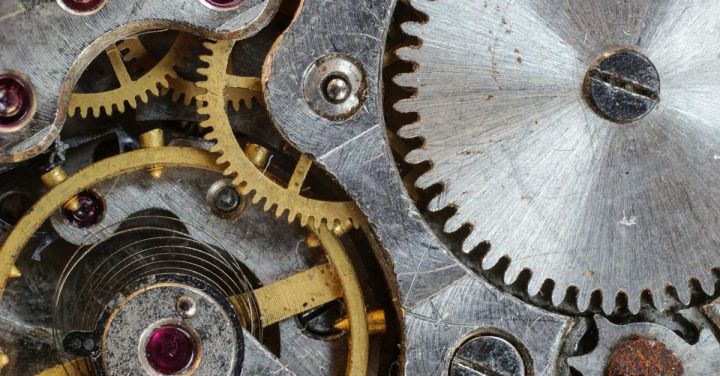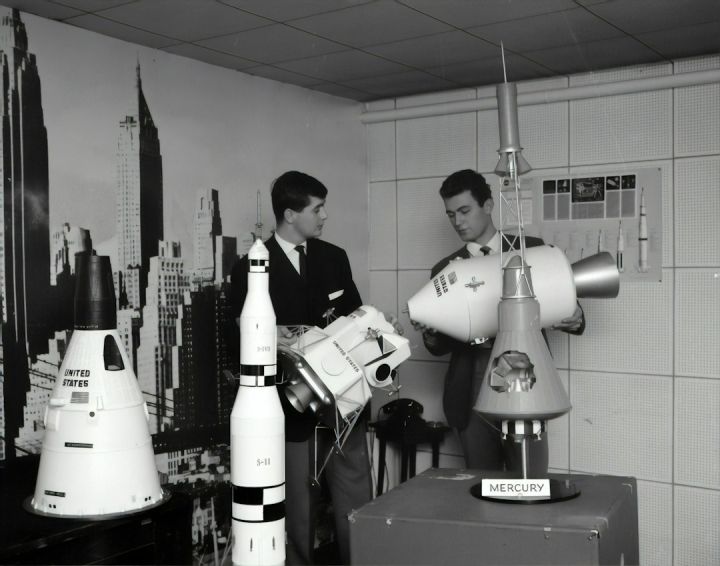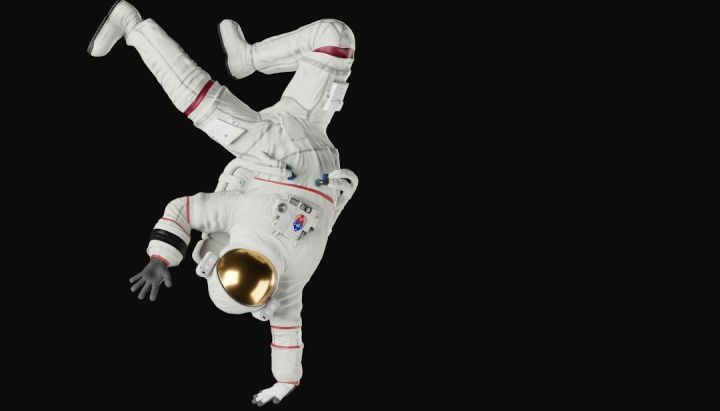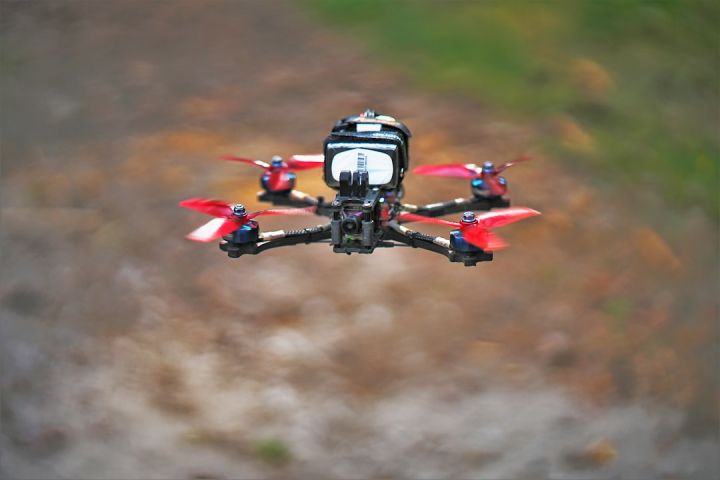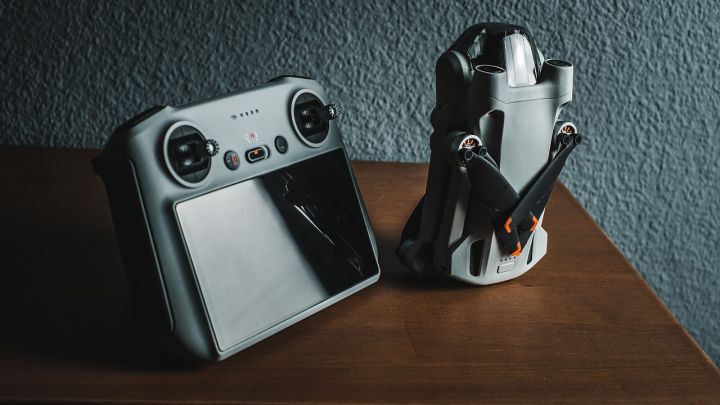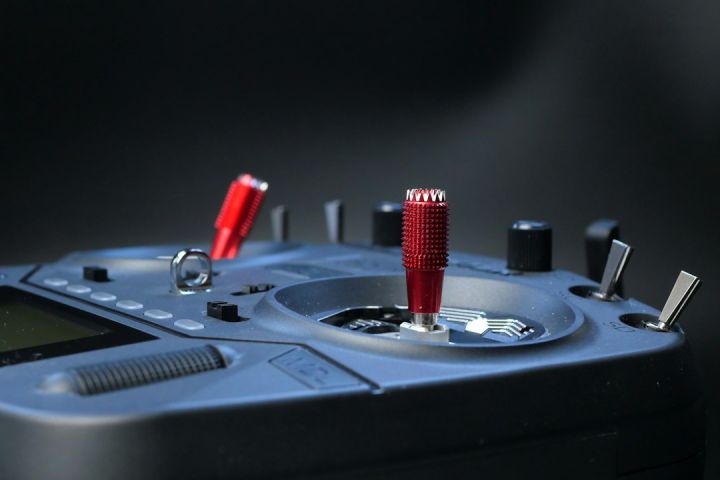What Are the Essential Parts of a Model Rocket?
Model rocketry is a popular hobby that combines science, engineering, and fun. Building and launching model rockets can be an exciting and educational experience for both children and adults. While there are many different types and designs of model rockets, they all have some essential components that make them fly. In this article, we will explore the essential parts of a model rocket and how they work together to create a successful launch.
Rocket Body
The rocket body, also known as the airframe, is the main structure of the model rocket. It is typically made of lightweight materials such as plastic or cardboard. The body provides stability and strength to the rocket. It houses the rocket’s other components and determines the overall shape and size of the rocket.
Nose Cone
The nose cone is the pointed front end of the rocket. It serves two important purposes: aerodynamics and recovery system deployment. The streamlined shape of the nose cone helps reduce air resistance during the rocket’s ascent. Additionally, the nose cone often contains the recovery system, which is responsible for safely returning the rocket to the ground after launch.
Fins
Fins are attached to the bottom of the rocket body and provide stability and control during flight. They help keep the rocket pointed in the right direction and prevent it from spinning or veering off course. Fins come in various shapes and sizes, but they are usually made of lightweight materials like balsa wood or plastic.
Rocket Engine
The rocket engine, also known as the motor, is the power source of the model rocket. It creates the thrust needed to propel the rocket into the air. Rocket engines come in different sizes and power levels, and they are classified based on their total impulse. The type of engine used in a model rocket depends on the desired altitude and speed of the flight.
Igniter and Ignition System
The igniter is a small device that starts the rocket engine. It consists of a wire filament coated with a material that ignites when an electric current passes through it. The igniter is connected to an ignition system, which includes a launch controller and launch pad. When the launch button is pressed, it sends an electric current through the igniter, igniting the rocket engine and initiating the launch.
Recovery System
The recovery system is responsible for bringing the rocket back to the ground safely. There are two main types of recovery systems: parachutes and streamers. Parachutes are the most common and reliable method. They are usually packed into the nose cone and deploy when the rocket reaches its highest point. The parachute slows down the descent of the rocket, allowing it to land gently. Streamers, on the other hand, are smaller and create drag to slow down the rocket’s descent.
Conclusion: The Art of Rocketry
Building and launching model rockets is an enjoyable and educational pastime. Understanding the essential parts of a model rocket is crucial for a successful launch. From the rocket body to the recovery system, each component plays a vital role in achieving a safe and thrilling flight. Whether you are a beginner or an experienced rocketeer, exploring the world of model rocketry can be an exciting journey into the realms of science and engineering. So, strap on your safety goggles and get ready to launch into the sky!

